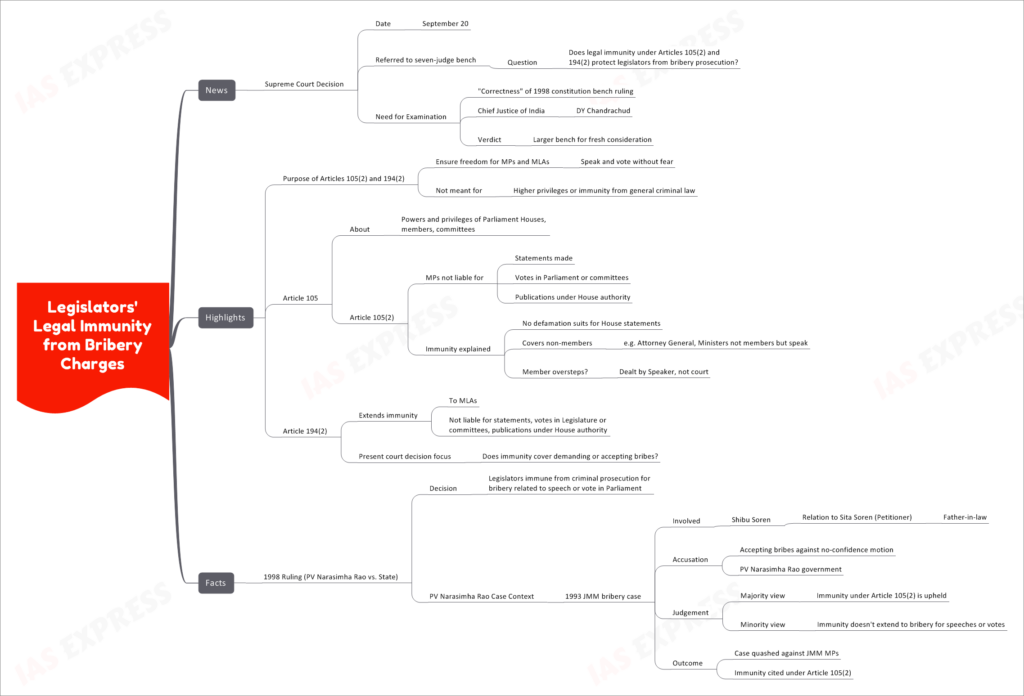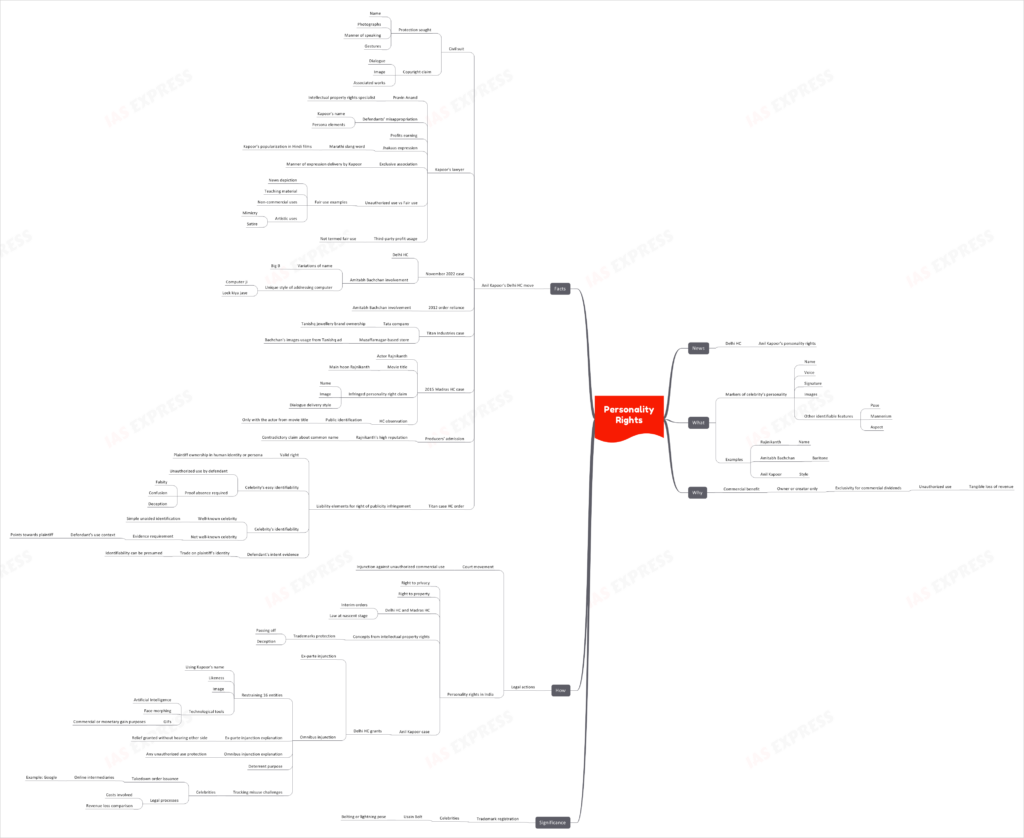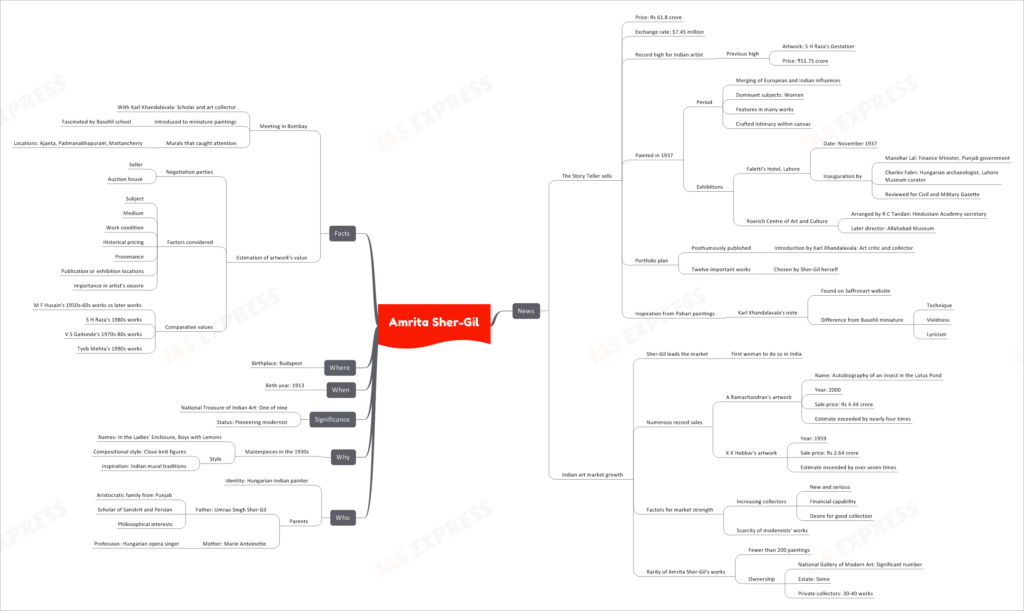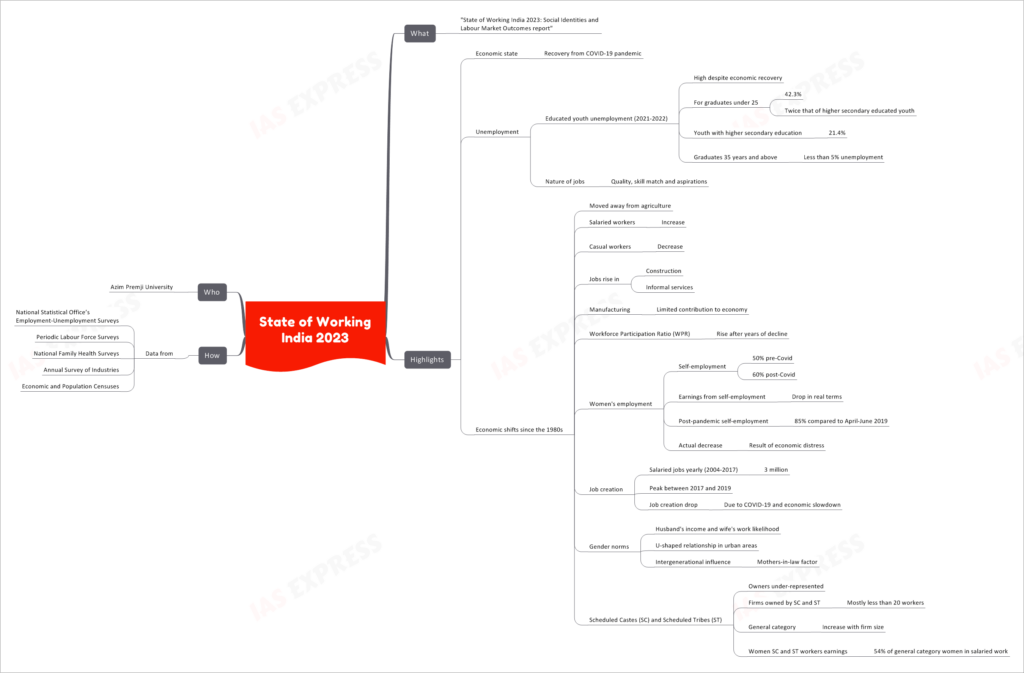[Newsbits] 22.09.2023

WHO Report on Hypertension
The World Health Organization (WHO) has recently released a comprehensive report on hypertension, shedding light on its global impact, health risks, and recommendations to combat this silent killer.
Understanding the WHO Report
Global Impact of High Blood Pressure
Hypertension, commonly known as high blood pressure, poses a significant global health challenge. The WHO report emphasizes the following critical aspects:
- Recommendations Against the Silent Killer: The report provides essential recommendations to tackle hypertension, offering insights into preventive measures and control strategies.
- Health Risks of Hypertension: It highlights the health risks associated with blood pressure levels below 140/90, especially in individuals with diabetes, obesity, and those who consume tobacco and alcohol.
Prevalence and Control
The report unveils alarming statistics regarding the prevalence and control of hypertension worldwide:
- 1 in 3 Individuals Affected: Globally, one in three individuals suffers from hypertension.
- Inadequate Control: Shockingly, four out of five people with hypertension do not have their condition adequately controlled.
India-Specific Insights
The report provides specific data and insights relevant to India:
- High Burden: India bears a substantial burden of hypertension, with 188 million adults (31% of the population) affected by this condition.
- Diagnosis, Treatment, and Control Rates: Only 37% of individuals with hypertension are diagnosed, 30% receive treatment, and a mere 15% have their blood pressure under control.
- Link to Cardiovascular Diseases: A staggering 52% of deaths due to cardiovascular diseases in India are linked to high blood pressure.
- Potential for Prevention: The report indicates that 4.6 million deaths in India can be prevented by 2040 through better hypertension control.
- Triggers: Hypertension in India is exacerbated by factors such as excessive salt consumption, tobacco use, obesity, alcohol consumption, and physical inactivity.
- India Hypertension Control Initiative (IHCI): The report discusses the IHCI, which has enrolled 5.8 million people. Initially, there were issues with medication stock-outs, but these were improved by 2020. The initiative also saw a massive increase in drug procurement and decentralization to over 18,000 Ayushman Bharat centers.
Significance of the Report
- First-Ever Report: This WHO report is the first-ever comprehensive assessment of the impact of high blood pressure on a global scale.
- Highlighting Lack of Effort: It underscores the lack of sufficient efforts by countries to address the issue of hypertension, despite the availability of effective solutions.
Methodology and Data
- Data from 2019: The report is based on data from the year 2019.
- Age Group: It covers individuals in the age group of 30 to 79.
Key Facts and Recommendations
- Salt Consumption: Excessive salt consumption, at 5 grams per day, is responsible for causing 17% to 30% of hypertension cases.
- India's Need to Act: India is urged to implement WHO recommendations on salt intake to combat hypertension effectively.
- India Hypertension Control Initiative (IHCI):
- Launched in 2018, IHCI has made substantial progress.
- By June 2023, it had enrolled 5.8 million individuals.
- Between March 2021 and March 2023, 48% to 55% of participants achieved blood pressure control.
The WHO's report on hypertension serves as a wakeup call, highlighting the urgent need for coordinated efforts to combat this global health challenge. It underscores the importance of early diagnosis, effective treatment, and lifestyle modifications to prevent the devastating consequences of high blood pressure.
Legislators’ Legal Immunity from Bribery Charges
On September 20, the Supreme Court of India made a significant decision, referring a crucial question to a seven-judge bench. This decision revolves around the interpretation of legal immunity under Articles 105(2) and 194(2) of the Indian Constitution and whether it protects legislators from bribery prosecution.
Background and Need for Examination
The need for this examination arose from the question of the "correctness" of a 1998 constitution bench ruling. Chief Justice of India DY Chandrachud presided over this matter, and the verdict was in favor of referring it to a larger bench for fresh consideration.
1998 Ruling: PV Narasimha Rao vs. State
In the 1998 case of PV Narasimha Rao vs. State, the ruling established that legislators are immune from criminal prosecution for bribery related to their speech or vote in Parliament. This case had its roots in the 1993 JMM bribery case, which involved Shibu Soren, who was the father-in-law of the petitioner, Sita Soren.
The accusation in the JMM bribery case was that bribes were accepted in exchange for votes of no-confidence against the PV Narasimha Rao government. The outcome of the case saw a majority view upholding immunity under Article 105(2), while a minority view argued that immunity doesn't extend to bribery related to speeches or votes. Ultimately, the case against JMM MPs was quashed, citing immunity under Article 105(2).
Purpose of Articles 105(2) and 194(2)
Articles 105(2) and 194(2) of the Indian Constitution serve to ensure freedom for Members of Parliament (MPs) and Members of Legislative Assemblies (MLAs). They allow legislators to speak and vote in their respective houses without fear of legal consequences. However, it's essential to note that these articles were not meant to confer higher privileges or immunity from general criminal law.
Article 105
Article 105 deals with the powers and privileges of Parliament Houses, its members, and committees. Under Article 105(2), MPs are not liable for statements made, votes cast in Parliament or its committees, or publications under House authority. This immunity is explained by the fact that no defamation suits can be filed for statements made within the House. Importantly, this immunity also covers non-members such as the Attorney General and Ministers who are not members but may speak in Parliament. If a member oversteps, the matter is typically addressed by the Speaker rather than the court.
Article 194(2)
Article 194(2) extends similar immunity to MLAs, ensuring that they are not liable for statements, votes, or publications made in the Legislature or its committees under House authority.
Focus of the Present Court Decision
The central issue in the present court decision is whether this immunity, as provided by Articles 105(2) and 194(2), extends to demanding or accepting bribes. This question has significant implications for the legal accountability of legislators and the interpretation of the Indian Constitution.
The Supreme Court's recent decision to refer this matter to a seven-judge bench underscores the importance of clarifying the scope of legislative immunity in cases involving bribery, ensuring that the law is in line with the principles of justice and accountability.
Personality Rights
In a recent legal development, the Delhi High Court has taken up the case of Anil Kapoor's personality rights. This case highlights the importance of safeguarding a celebrity's distinctive identity in the context of commercial benefit and unauthorized use.
What Are Personality Rights?
Personality rights encompass various markers of a celebrity's identity, including their name, voice, signature, images, and other identifiable features such as pose, mannerisms, or distinctive aspects of their persona. These rights aim to protect a celebrity's unique identity from unauthorized commercial exploitation.
Why Protect Personality Rights?
The protection of personality rights is crucial for two main reasons:
Commercial Benefit
Ownership or creation of one's personality rights provides exclusivity for commercial dividends. Unauthorized use of these rights can result in tangible losses of revenue, making it imperative to safeguard them.
Significance of Trademark Registration
Some celebrities, like Usain Bolt, have gone a step further by trademarking specific aspects of their identity, such as Bolt's iconic lightning pose. This not only offers legal protection but also helps in preventing unauthorized use.
How to Protect Personality Rights
The protection of personality rights involves legal actions and concepts from intellectual property rights:
Legal Actions
- Court Movements: Celebrities can seek injunctions against unauthorized commercial use of their personality rights.
Personality Rights in India
In India, personality rights are associated with the right to privacy and the right to property. Both the Delhi High Court and the Madras High Court have issued interim orders recognizing the importance of these rights. However, the legal framework for personality rights in India is still at a nascent stage.
Concepts from Intellectual Property Rights
- Trademarks Protection: Celebrities can use trademark laws to protect their identity. Concepts like passing off, deception, and unfair competition come into play to prevent misuse.
Anil Kapoor's Case
Anil Kapoor's case in the Delhi High Court involves several key elements:
- Civil Suit: Kapoor has filed a civil suit seeking protection for various aspects of his personality, including his name, photographs, manner of speaking, and gestures.
- Copyright Claim: Kapoor's legal team, led by Pravin Anand, an intellectual property rights specialist, has also brought forth a copyright claim concerning his dialogues, images, and associated works.
- Jhakaas Expression: Kapoor's iconic "Jhakaas" expression, a Marathi slang word popularized in Hindi films, is central to the case.
- Exclusive Association: Kapoor aims to establish exclusive association between his manner of expression delivery and himself, preventing unauthorized use.
- Unauthorized Use vs. Fair Use: Kapoor's legal team distinguishes between unauthorized use and fair use, providing examples of the latter, such as news depiction, teaching material, non-commercial uses, and artistic uses like mimicry and satire.
- Third-Party Profit Usage: Kapoor's legal team argues that third-party profit usage does not fall under fair use.
Precedents and Reliance
Kapoor's case draws on several legal precedents:
- In November 2022, the Delhi High Court was involved in a similar case with Amitabh Bachchan, addressing variations of his name and his unique style of addressing a computer.
- The case relies on a 2012 order concerning Amitabh Bachchan and a Titan Industries case related to Tanishq jewelry's use of Bachchan's images.
- A 2015 Madras High Court case involving Rajinikanth's personality rights and the movie title "Main Hoon Rajnikanth" also serves as a reference.
Liability Elements for Right of Publicity Infringement
In determining liability for the infringement of the right of publicity, several elements come into play:
- Valid Right: The plaintiff must establish ownership of their human identity or persona.
- Celebrity's Easy Identifiability: Unauthorized use by the defendant must be proven, and evidence of falsity, confusion, or deception may not be required.
- Celebrity's Identifiability: For less well-known celebrities, evidence may be required to establish identifiability based on the context of the defendant's use.
- Defendant's Intent Evidence: Evidence of the defendant's intent to trade on the plaintiff’s identity can be crucial in establishing liability.
Amrita Sher-Gil
Identity: Amrita Sher-Gil, a Hungarian-Indian painter, whose remarkable contribution to Indian art has solidified her status as a pioneering modernist.
Birth: Born in 1913 in Budapest, Amrita Sher-Gil was the daughter of Umrao Singh Sher-Gil, an erudite scholar of Sanskrit and Persian from an aristocratic family in Punjab, and Marie Antoinette, a Hungarian opera singer.
The Record-breaking Sale
In recent news, Amrita Sher-Gil's masterpiece, "The Story Teller," has fetched a staggering price of Rs 61.8 crore in the Indian art market. This achievement marks a significant milestone, as it surpasses the previous high of ₹51.75 crore for S H Raza's "Gestation" artwork. The exchange rate for this sale stands at $7.45 million, underlining the global recognition of her talent.
A Glimpse into "The Story Teller"
Amrita Sher-Gil painted "The Story Teller" in 1937, during a period characterized by the merging of European and Indian artistic influences. Her dominant subjects, often women, featured prominently in her works. In November 1937, the painting was exhibited at Faletti's Hotel in Lahore, with the inauguration attended by notable figures such as Manohar Lal, the Finance Minister of the Punjab government, and Charles Fabri, a Hungarian archaeologist and Lahore Museum curator, who reviewed the exhibit for the Civil and Military Gazette.
The Portfolio Plan
Sher-Gil's legacy lives on through her posthumously published portfolio, which includes an introduction by Karl Khandalavala, an art critic, and collector. The portfolio comprises twelve important works, carefully selected by Sher-Gil herself.
Inspiration from Pahari Paintings
Amrita Sher-Gil drew inspiration from Pahari paintings, as noted by Karl Khandalavala. These paintings distinguish themselves from Basohli miniatures through their technique, vividness, and lyricism.
Leading the Indian Art Market
Amrita Sher-Gil has been a driving force in the Indian art market, becoming the first woman to hold such a position. Her works have consistently set records, including A Ramachandran's "Autobiography of an Insect in the Lotus Pond," which exceeded estimates by nearly four times, and K K Hebbar's artwork, which surpassed estimates by over seven times in a sale from 1959.
Factors for Market Strength
The Indian art market's robustness can be attributed to several factors, including an increasing number of collectors with the financial capability and desire for building distinguished collections. Additionally, the scarcity of modernist works has further boosted demand.
Rarity of Amrita Sher-Gil's Works
Amrita Sher-Gil's oeuvre is characterized by rarity, with fewer than 200 paintings in existence. While the National Gallery of Modern Art owns a significant number of her works, some remain in private collections, with 30-40 paintings scattered among them.
State of Working India 2023
The "State of Working India 2023: Social Identities and Labour Market Outcomes" report, published by Azim Premji University, provides a comprehensive analysis of the economic state of India, focusing on the recovery from the COVID-19 pandemic and its impact on various aspects of the labor market. This report draws upon data from various sources, including the National Statistical Office's Employment-Unemployment Surveys, Periodic Labour Force Surveys, National Family Health Surveys, Annual Survey of Industries, and Economic and Population Censuses.
Economic State and Recovery
The report begins by addressing the economic state of India and the ongoing recovery from the COVID-19 pandemic.
Unemployment among Educated Youth (2021-2022)
Despite signs of economic recovery, the report highlights persistently high unemployment rates among educated youth. Notable statistics include:
- Graduates Under 25: Unemployment rate at a staggering 42.3%, which is twice that of higher secondary educated youth.
- Youth with Higher Secondary Education: Unemployment rate stands at 21.4%.
- Graduates Aged 35 and Above: Less than 5% unemployment, indicating greater job stability.
Nature of Jobs
The report examines the nature of jobs in India, considering factors such as job quality, skill match, and aspirations.
Economic Shifts Since the 1980s
India's economic landscape has undergone significant changes since the 1980s, including:
- A shift away from agriculture as a dominant sector.
- An increase in the number of salaried workers.
- A decrease in casual labor.
- A rise in jobs within the construction and informal services sectors.
- Limited contribution of manufacturing to the economy.
Workforce Participation Ratio (WPR)
The report notes a positive trend in the Workforce Participation Ratio (WPR) after years of decline, suggesting increased labor force engagement.
Women's Employment
Gender dynamics in the labor market are explored, with a focus on women's employment:
- Pre-COVID self-employment among women at 50%, increasing to 60% post-COVID.
- A drop in real earnings from self-employment.
- Post-pandemic self-employment at 85% compared to April-June 2019, indicative of economic distress.
Job Creation
The report provides insights into job creation trends:
- An annual creation of 3 million salaried jobs between 2004 and 2017.
- A peak in job creation between 2017 and 2019.
- A subsequent drop in job creation due to the impact of COVID-19 and economic slowdown.
Gender Norms
The report explores the relationship between gender norms, husband's income, and a wife's likelihood to work, revealing a U-shaped relationship in urban areas and intergenerational influences, including the role of mothers-in-law.
Scheduled Castes (SC) and Scheduled Tribes (ST)
The report sheds light on the representation of SC and ST communities in the labor market:
- SC and ST owners are under-represented in the workforce.
- Firms owned by SC and ST individuals tend to be smaller, with mostly less than 20 workers.
- In contrast, the general category shows an increase in firm size.
- Women from SC and ST communities in salaried work earn only 54% of what general category women earn.
EU Anti-Greenwashing Rule
In recent news, the European Union has taken a significant step towards combatting misleading green claims in advertising by proposing a draft rule that introduces stricter guidelines for sustainability-related advertisements. This move is part of the EU's commitment to achieving carbon neutrality by 2050 as outlined in the Green Deal.
Introduction
The European Union's draft rule against misleading ads aims to address the issue of false sustainability promises in advertising. To ensure transparency and assist consumers in making informed choices, the EU is set to impose stricter regulations on claims related to environmental sustainability.
Stricter Guidelines
Under the proposed draft rule, stricter guidelines will be established for advertising that makes sustainability claims. These guidelines are designed to prevent false or misleading information from being disseminated to consumers. Here are some of the key points:
Need Verifiable Proof of Recognized Performance
Advertisers will be required to provide verifiable proof of recognized performance when making sustainability claims. This means they must substantiate their assertions with credible evidence.
Prohibition of Certain Claims
The draft rule explicitly prohibits claims such as "Environmentally friendly," "Natural," "Bio-degradable," and "Climate neutral" unless advertisers can provide compelling evidence to support these assertions.
Emissions Offsetting Claims Ban
Advertisements that label products as "Neutral," "Reduced," or "Positive" based on their environmental impact through emissions offsetting will be banned. This is to prevent greenwashing and ensure genuine environmental benefits.
Time Frame for Incorporation
To allow businesses and member states time to adapt to these new regulations, a two-year window has been provided for changes. This grace period will help companies align their advertising practices with the stricter guidelines.
Purpose
The primary purpose of the draft rule is to combat misleading green claims in advertising. This serves a dual role:
Ensure Transparency
By imposing stringent requirements for evidence, the EU seeks to enhance transparency in sustainability advertising. This will help consumers differentiate between genuine environmentally responsible products and misleading claims.
Assist Consumers
The rule is designed to empower consumers to make informed choices. With clear and accurate information, individuals can actively support sustainability and opt for products and services that align with their values.
Approval and Implementation
The draft rule is currently awaiting approval from the European Parliament and the Council. Once approved, it is set to be implemented in the year 2026. This timeline allows for a thoughtful transition and ensures that advertisers have ample time to adjust their practices.
Contextual Background
To understand the significance of this draft rule, it's important to consider the broader context of the EU's Green Deal.
The Green Deal
The Green Deal is a comprehensive set of legislative proposals that outline the European Union's green transitional path. Its primary objective is to achieve carbon neutrality by 2050, aligning with global efforts to combat climate change.
New Regulations in Line with EU's Goals
The proposed draft rule is in direct alignment with the goals of the Green Deal. It seeks to bring advertising practices in line with the EU's commitment to attaining net zero emissions by 2050.
If you like this post, please share your feedback in the comments section below so that we will upload more posts like this.






